Attracted to fish stranded in the Stettin Lagoon by August’s low water levels, the huge gathering of eagles drew crowds of photographers and nature lovers. The presence of so many of these majestic birds bodes well for rewilding efforts in the area.
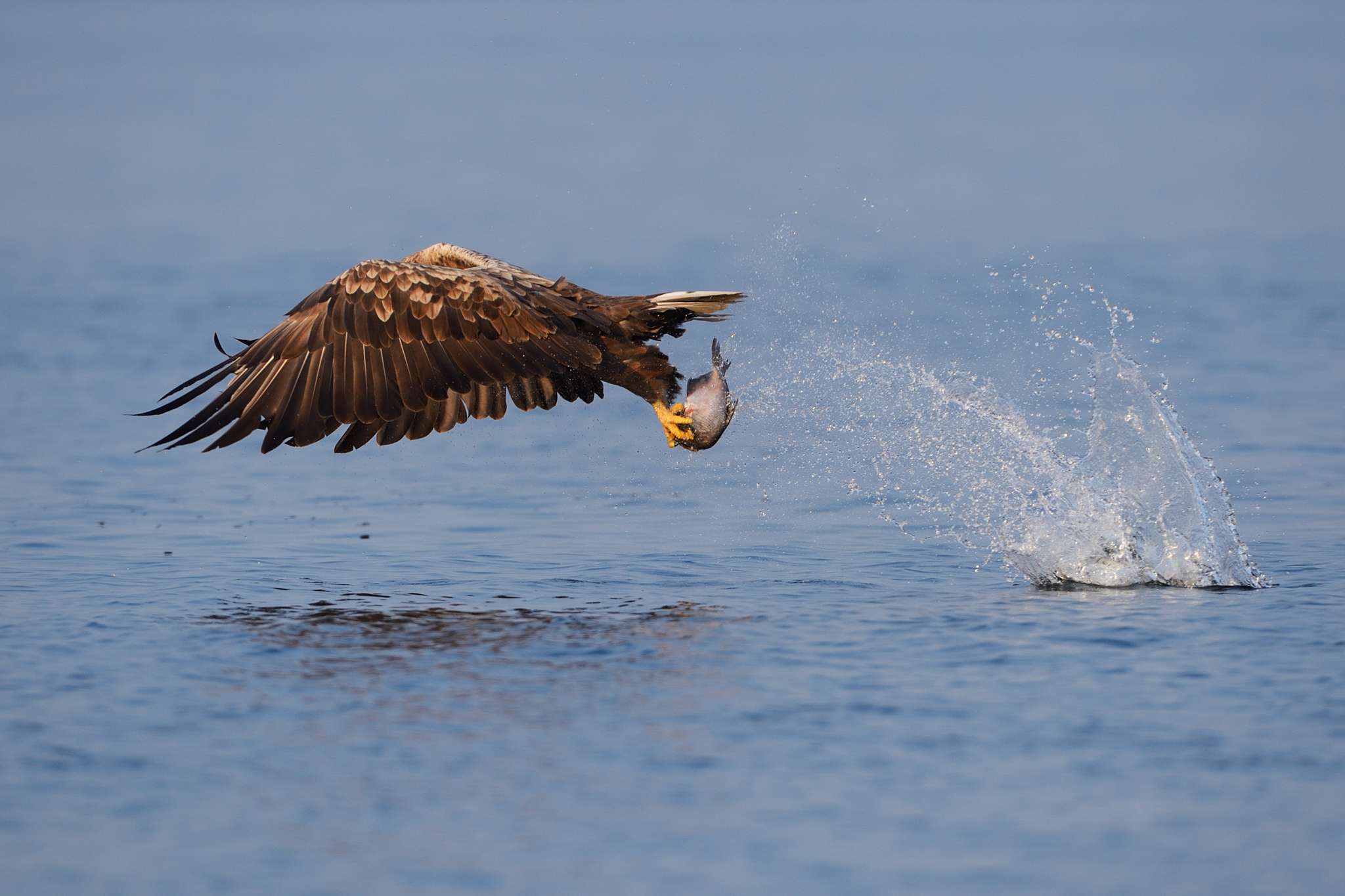
In August the Oder Delta rewilding area witnessed a huge congregation of majestic white-tailed eagles, with around 200 birds attracted to fish stranded by low water levels. A combination of adult and juvenile birds were drawn to ponds in the southern part of the Stettin Lagoon. While water levels are now rising due to increased rainfall, an estimated 50 birds still remain in the area.
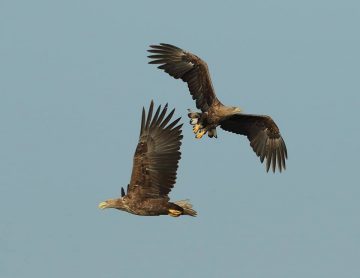
“It was an amazing and unprecedented sight,” says Stefan Schwill, a rewilding officer attached to the Rewilding Oder delta team. “This is a really positive sign that rewilding efforts are having a beneficial impact on white-tailed eagle populations.”
The Rewilding Oder Delta team is supporting the comeback of white-tailed eagles by working to restore fish populations and fish migration in the Stettin Lagoon and associated rivers, in collaboration with local communities and the State Office for Agriculture and the Environment in Mecklenburg-Vorpommern. Rewilding Europe is also opposing a large-scale infrastructure project which would have a devastating impact on the Stettin Lagoon and associated white-tailed eagle habitat.
While the majority of the eagles flew in from other parts of the Baltic coast and Scandinavia, some of the birds present in August’s gathering are likely to have been resident in the rewilding area, which is now estimated to contain between 25 and 30 breeding pairs.
“The greater Oder Delta area, which is divided between Germany and Poland, is now estimated to be home to around 160 breeding pairs of white-tailed eagle,” says Schwill. “Over the past decade the population has increased by around 30 percent.”
The gathering of eagles also attracted crowds of nature lovers and photographers, eager to see (and shoot) the spectacle for themselves.
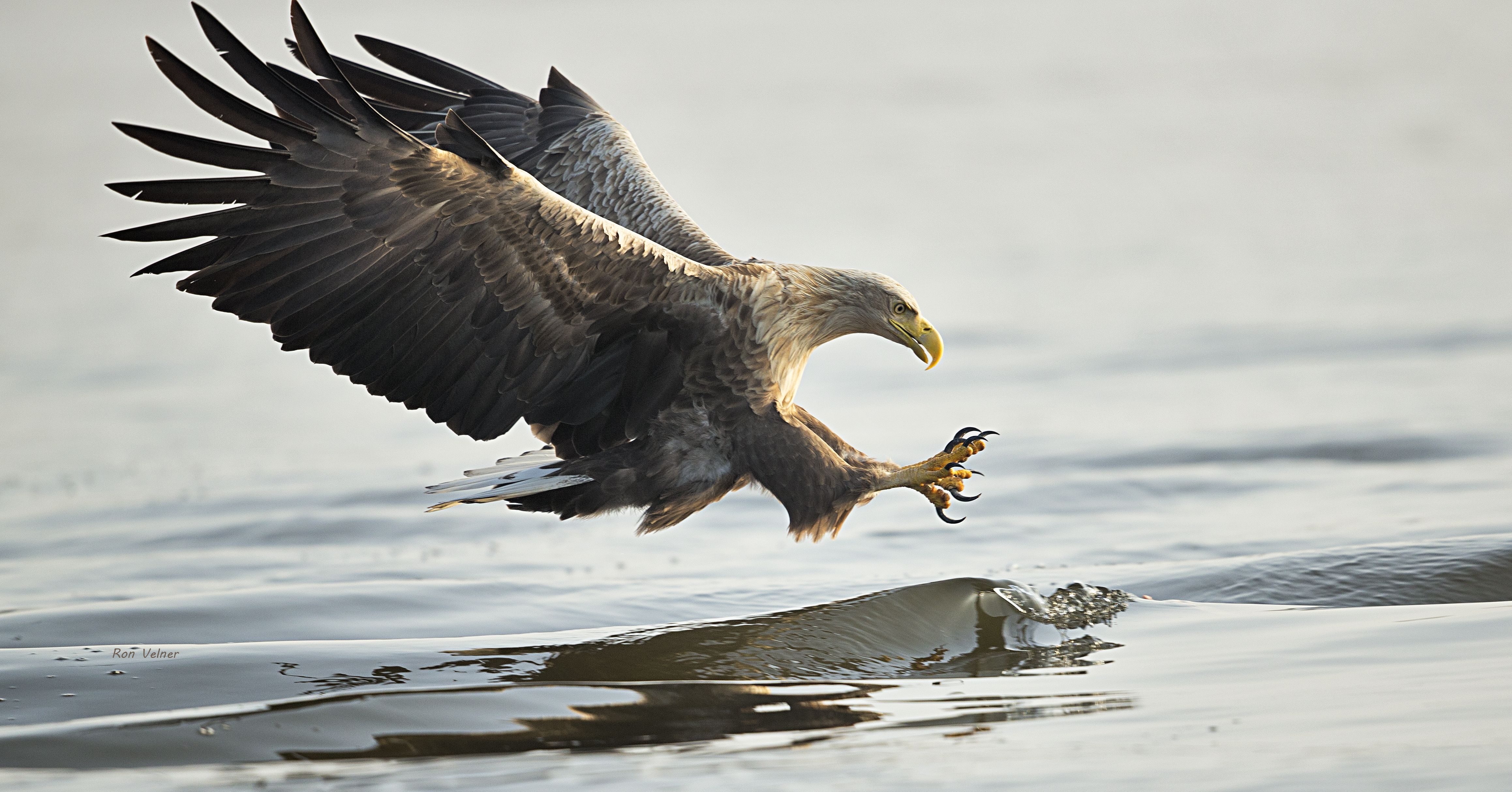
“This sudden influx of people could have been handled in a slightly better way,” admits Schwill. “We would like to see local residents benefit a little more in terms of money spent on facilities such as overnight accommodation and guiding.”
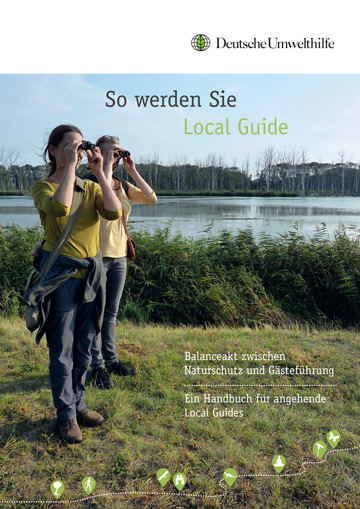
As an integral part of rewilding efforts across Europe, Rewilding Europe is constantly working to develop and support economic opportunities for those involved in nature-based tourism. In 2016, German NGOs DUH (Environmental Action Germany) and HOP, both partners of Rewilding Europe in the Oder Delta rewilding area, began a “Digital Destinations” initiative to develop a user-friendly online booking and information platform through which delta visitors can book nature guides. Currently in its pilot stage, the initiative will hopefully be rolled out fully later this year.
Earlier this year DUH also oversaw publication of a guiding handbook. Designed to help guides operating in the Oder Delta, this was financed by the European Union LEADER rural development programme (LEADER area Vorpommersche Küste), with co-funding provided by Rewilding Europe. An additional boost to nature-based tourism in the delta has been provided by the European Safari Company, which now offers amazing white-tailed eagle safaris.
Regal raptors
White-tailed eagles are found near large bodies of water and coastlines across Europe and parts of Asia. With their impressive 1-metre height and 2.5-metre wingspan, they are the largest eagles in Europe and the fourth largest in the world.
White-tailed eagles eat a variety of prey. They not only take fish, but also birds, mammals and carrion. They are opportunistic hunters and often steal food from other birds. Flying low over the water before briefly hovering and plucking fish from the surface, they have also been known to plunge right into the water, and often eat their catch in flight.
As a top predator the white-tailed eagle is a good indicator of the health of the environments which it inhabits. For many years eagles residing in the Baltic area suffered from hunting and use of the pesticide DDT, which negatively impacted survival, fertility and reproduction success. Since DDT was banned in the 1970s populations have shown steady growth, although poisoning from hunting ammunition and and collisions with trains, power lines and wind turbines remain a worrying cause of mortality.
